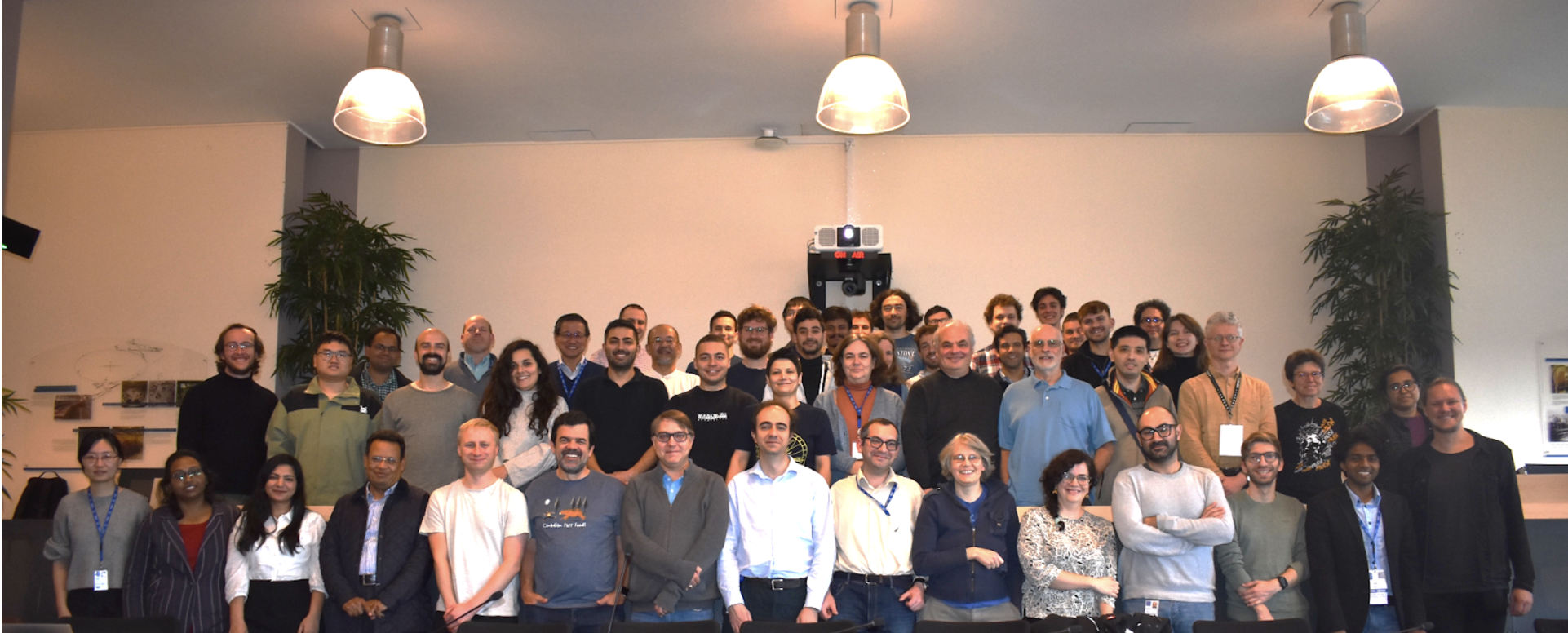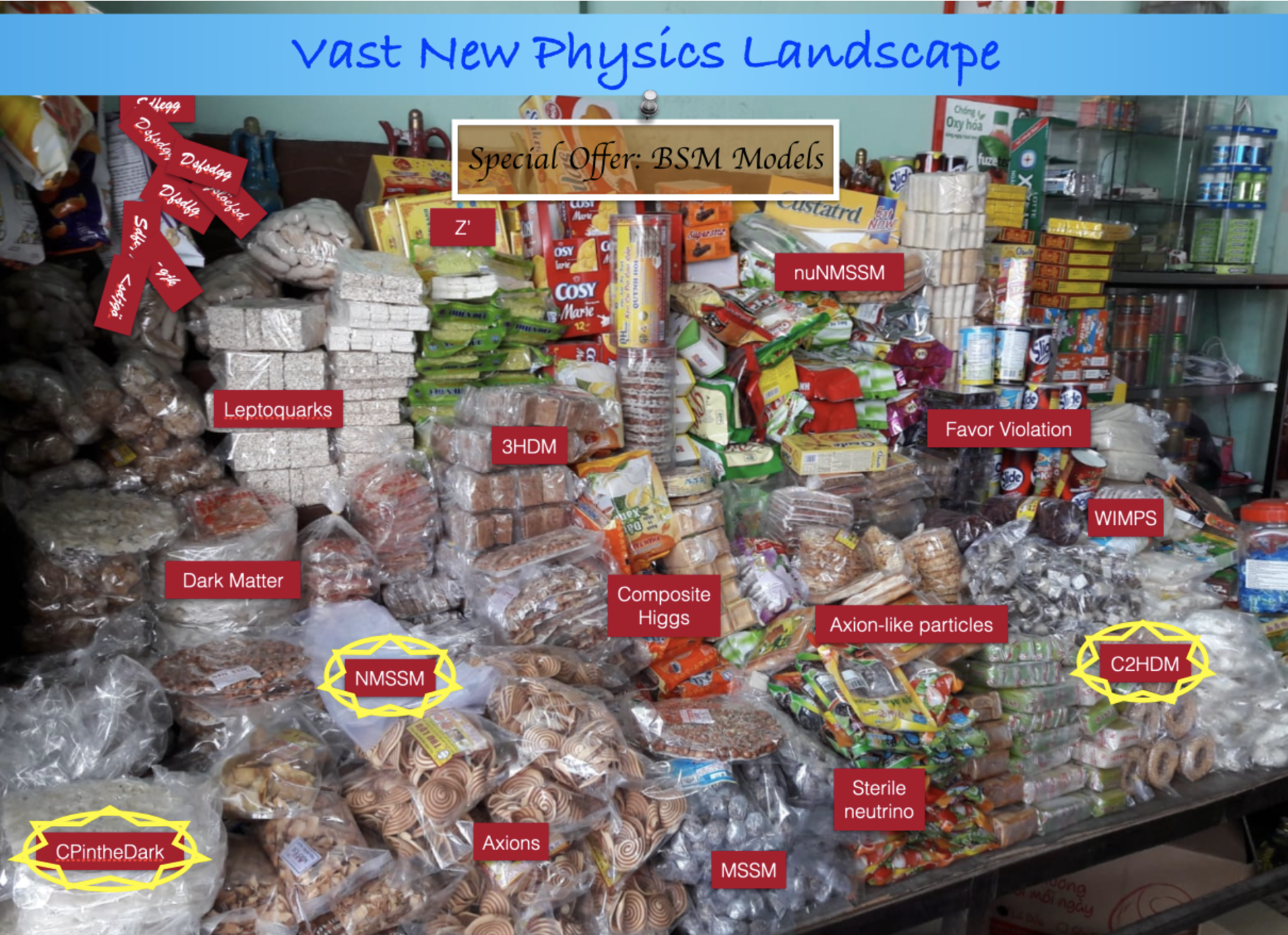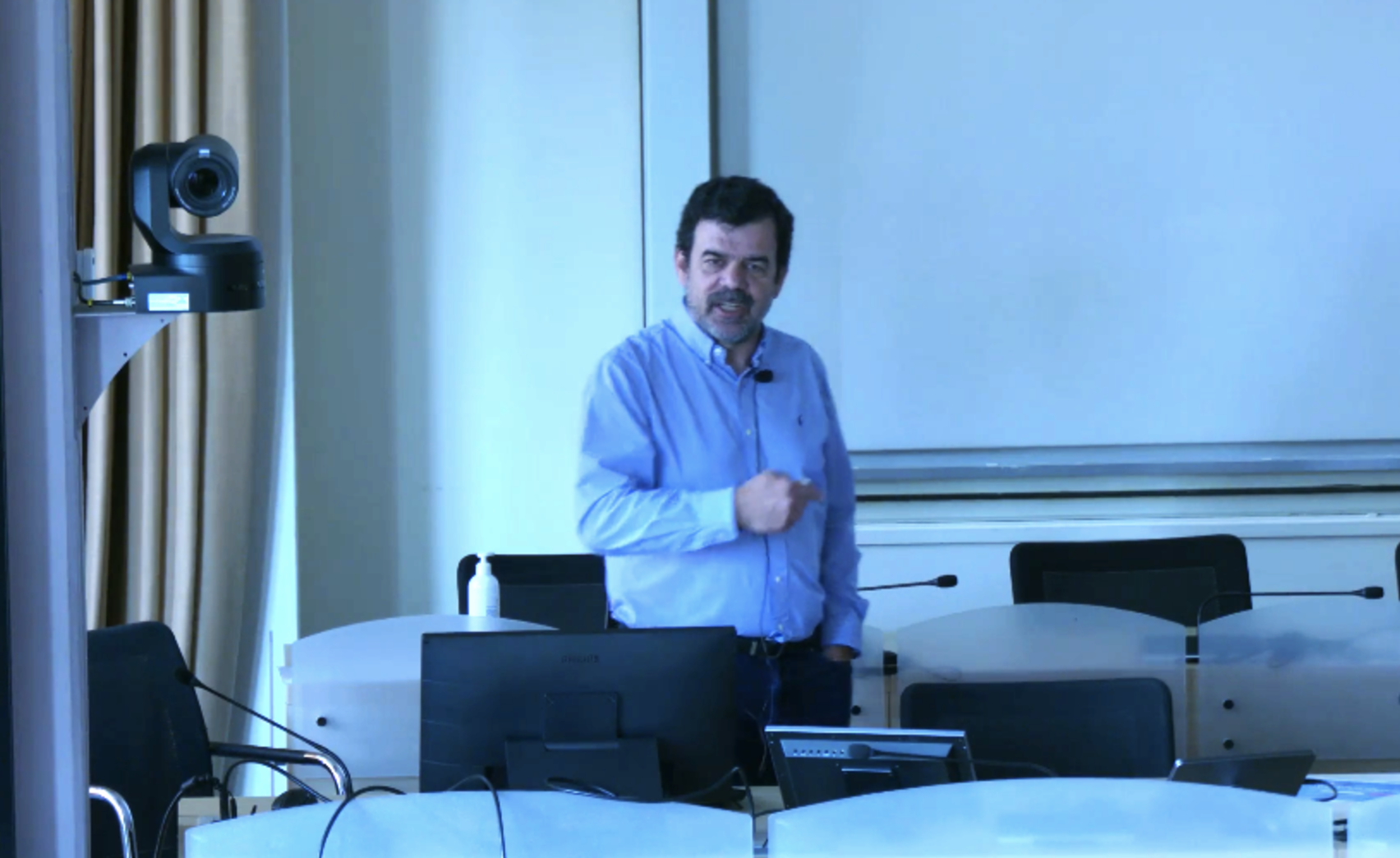Extended Scalar Sectors are considered from all angles at CERN

It has been more than ten years since the discovery of the first scalar particle at the electroweak scale. This particle was discovered at the LHC in 2012, and it was quickly found to be a scalar that is compatible with the Higgs boson predicted by the SM. So far, all properties measured by the LHC experiments are confirming this observation. However, it is well known that the SM cannot solve all open questions in particle physics. A prominent example is the existence of dark matter, confirmed by many astrophysical and cosmological observations, which cannot be explained by the particle content of the SM alone. The SM is also unable to reproduce the observed baryon/anti-baryon asymmetry of the Universe. One possibility to explain this observation is via the so-called mechanism of electroweak baryogenesis, which in turn implies the existence of an extended/non-standard Higgs sector.
Therefore, the question whether the boson discovered by the LHC experiments remains one-of-a-kind or whether there are other spin-0 particles accompanying it still remains open and attracts a lot of interest from both theory and experiment. Such particles would be part of new physics scenarios that contain additional field content and are usually described via their transformation properties (charges) under the SM (or non-SM) gauge group.
The LHC experiments have already conducted a large number of searches for such scenarios, with current data not showing any signal but nevertheless still allowing for new particles at energy scales reachable by the LHC. To correctly interpret the experimental data, and to understand the parameter space of new physics scenarios and possible novel signatures, close interaction between the theoretical and experimental communities is required.
The conference “Extended Scalar Sectors from All Angles”, which took place at CERN between 21 and 25 October 2024 [1], strived to provide a forum for such an exchange. Its main aim was to bring together the communities of theorists, phenomenologists, and experimentalists working on diverse topics that are related to scalar particles, to provide a holistic view of the subject. This required bringing together scientists from different continents to bring in the latest developments in experimental results, theory model building, as well as precise theoretical calculations of observable quantities.

Fig.1: Participants of the “Extended Scalars from all Angles” conference gathered at CERN on October 21-15, 2024, with the aim to discuss in a holistic way fundamental scalar particles, along with their current status and their prospects for discovery in light of the current experimental results.
At the conference, a large variety of topics was discussed, ranging from phenomenological studies of models with extended scalar sectors to the connections of such models with dark matter, electroweak phase transitions, and flavour. Additional topics were also covered, such as the correct treatment of higher-order contributions in such scenarios, which allows for insights into the deeper structure of Quantum Field Theory. In addition, overviews of recent results from the ATLAS, CMS and LHCb experiments on these topics were presented.
Special care was taken to increase the participation of students and researchers with limited travel funds, thanks to the support received from LPCC. The conference attracted 143 attendees. In addition to the participants from Europe, North America and China, there were also many researchers from Egypt, Morocco, Pakistan, India, Nepal, and South Africa.
The conference was organised around 19 longer overview talks aiming to give the broader aspects of the topics of interest, followed by 37 shorter specialised talks. Various extensions of the Higgs sector of the Standard Model were discussed in detail, including their current compatibility with data. Special emphasis was given to regions of the parameter space that have not been probed yet by the experiments. Models with one or two Higgs doublets (2HDM and 3HDM), respectively more than the one doublet of the Standard Model were discussed, along with supersymmetric theories, models with scalar singlets or triplets, like the Georgi-Machacek model, composite Higgs boson scenarios, models with axion-like-particles and many others. The impact of such models on what we know about CP-violation, flavour structure, the electroweak phase transition in the early universe, and their implications about dark matter was also presented in detail. Theoretical developments, especially on multi-Higgs boson production processes, loop corrections, renormalization schemes were equally included in the program.
In addition, the latest experimental results related to these models were presented, along with a series of interesting talks about existing features in the current data that may indicate the existence of new particles, e.g. in high-mass di-photon or low mass di-muon final states.
Emphasis was equally given to the interface between theory and experiment, focusing on increasing the usability of the experimental results in more contexts through recasting, and on the effects of interference on the Monte Carlo signal modelling that is currently used by the experimental searches.

Fig.2: The vast new physics landscape on offer. A cosy overview from the talk of Maggie Muhlleitner (KIT)
One of the highlights of the conference was the colloquium by Carlos Wagner (U. Chicago and Argonne National Laboratories), entitled “The Higgs Boson: From Theory to Experiment”, which was also part of the CERN Theory Colloquia series [2]. Carlos Wagner reviewed the status of what we know about the Higgs boson and what motivates us to go beyond.

Fig.3: Carlos Wagner (University of Chicago) delivering the colloquium on “The Higgs boson: from Theory to Experiment”.
The workshop could not have taken place without CERN’s hospitality and enthusiasm in assisting us. LPCC supported the conference financially, allowing us to help people with limited funding to attend in person. The administrative support provided by the Theory Department secretariat was invaluable and instrumental in ensuring the smooth organization of the conference.
The level of interest in extended scalar sectors remains very high, and most participants were in favour of the event being repeated on a regular basis every few years. There was also an overwhelming preference to hold the event again at CERN to profit from the excellent environment for theory-experiment interaction and international cooperation. For any queries or suggestions, especially about future editions, please feel free to contact the conference organisers via scalars24-cern@cern.ch.
Notes:
